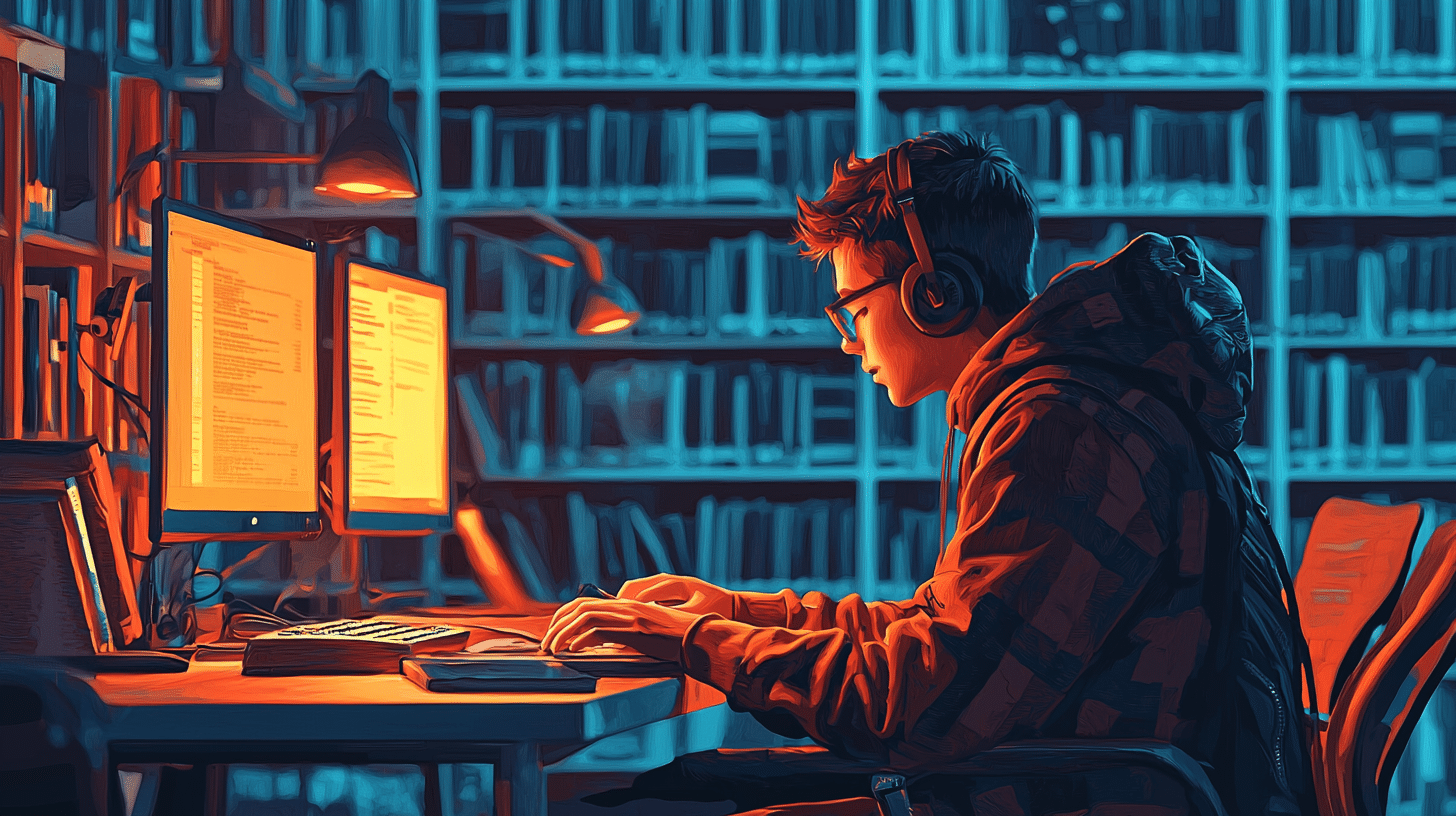The Ukrainian language has seen a remarkable resurgence in modern media over the past few years. This resurgence is not only a reflection of Ukraine’s rich cultural heritage but also an assertion of its national identity. The influence of Ukrainian in various forms of media is profound, spanning television, film, literature, music, and digital platforms. This article delves into the multifaceted presence of the Ukrainian language in contemporary media, examining its impact, significance, and the factors contributing to its revival.
The Historical Context
To understand the current prominence of the Ukrainian language in media, it is essential to recognize its historical context. Ukraine has a long history of linguistic suppression, particularly during periods of foreign domination. Under the Russian Empire and later the Soviet Union, the use of the Ukrainian language was often restricted or discouraged. Russian was promoted as the primary language of administration, education, and media.
Despite these challenges, the Ukrainian language persisted through folklore, literature, and everyday speech. The fall of the Soviet Union in 1991 marked a turning point, allowing Ukraine to assert its linguistic and cultural identity. However, the road to linguistic revival has been complex, with political, social, and economic factors influencing the process.
Television and Film
One of the most visible areas where the Ukrainian language has made significant strides is in television and film. Ukrainian-language programming has increased substantially, offering viewers a diverse range of content. Television channels like 1+1, ICTV, and UA:First have been at the forefront of this transformation, producing news, dramas, comedies, and reality shows in Ukrainian.
The film industry has also seen a resurgence of Ukrainian-language productions. Notable films such as “Cyborgs: Heroes Never Die” (2017) and “Donbass” (2018) have gained international recognition, showcasing Ukraine’s ability to produce high-quality cinema. These films not only entertain but also provide a platform for Ukrainian stories, history, and culture to reach a global audience.
The Role of Dubbing and Subtitling
Dubbing and subtitling have played a crucial role in promoting the Ukrainian language in media. Foreign films and television series are often dubbed or subtitled in Ukrainian, making them accessible to a broader audience. This practice has not only increased the visibility of the language but also improved the quality of Ukrainian translations and voice acting.
Literature and Publishing
Ukrainian literature has a rich tradition, with classic writers like Taras Shevchenko and Ivan Franko laying the foundation for modern Ukrainian literary expression. In recent years, there has been a renewed interest in Ukrainian literature, both within Ukraine and internationally. Contemporary Ukrainian authors are gaining recognition and contributing to the global literary landscape.
Publishers like “Folio,” “Old Lion Publishing House,” and “Book Arsenal” are actively promoting Ukrainian-language books, ranging from fiction and non-fiction to children’s literature and poetry. This has created a vibrant literary scene, encouraging readers to explore Ukrainian narratives and perspectives.
Translation and Global Reach
The translation of Ukrainian literature into other languages has been instrumental in bringing Ukrainian stories to a global audience. Works by authors like Serhiy Zhadan, Oksana Zabuzhko, and Andrey Kurkov have been translated into multiple languages, earning critical acclaim and broadening the reach of Ukrainian literature.
Music and Pop Culture
Music is another powerful medium through which the Ukrainian language has found expression and popularity. Ukrainian musicians and bands are producing songs in Ukrainian across various genres, from pop and rock to folk and hip-hop. Artists like Okean Elzy, Jamala, and Kazka have achieved significant success, both domestically and internationally.
The Eurovision Song Contest has been a notable platform for Ukrainian artists. Jamala’s victory in 2016 with her song “1944” brought international attention to Ukraine’s music scene and its historical narratives. The contest has also highlighted the linguistic and cultural diversity of Ukraine.
Folk Traditions and Modern Innovations
Ukrainian folk music has a rich heritage, characterized by traditional instruments and melodies. Modern musicians are drawing inspiration from these traditions, blending them with contemporary styles to create unique sounds. This fusion of old and new has resonated with audiences, fostering a deeper appreciation for Ukrainian culture.
Digital Media and Online Platforms
The digital age has opened new avenues for the Ukrainian language to thrive. Social media, blogs, podcasts, and YouTube channels have become popular platforms for Ukrainian content creators. These platforms allow for instant communication and engagement, making it easier to reach a wide audience.
Ukrainian influencers and vloggers are producing content on a variety of topics, from lifestyle and travel to education and politics. This diversity of content reflects the dynamic nature of Ukrainian society and its openness to global trends.
Language Learning Apps and Resources
The rise of language learning apps and online resources has also contributed to the promotion of the Ukrainian language. Platforms like Duolingo, Memrise, and Babbel offer Ukrainian language courses, making it accessible to learners worldwide. These resources are valuable for both native speakers looking to improve their language skills and non-native speakers interested in learning Ukrainian.
Challenges and Future Prospects
Despite the significant progress, the promotion of the Ukrainian language in media faces challenges. The dominance of Russian-language media, particularly in eastern and southern Ukraine, remains a hurdle. Additionally, economic constraints and limited funding for cultural projects can impede the production and dissemination of Ukrainian-language content.
However, the future prospects for the Ukrainian language in media are promising. Government initiatives and policies aimed at promoting the Ukrainian language, such as language quotas for television and radio, are having a positive impact. Grassroots movements and cultural organizations are also playing a vital role in supporting Ukrainian-language media.
Conclusion
The resurgence of the Ukrainian language in modern media is a testament to the resilience and vitality of Ukrainian culture. From television and film to literature, music, and digital platforms, the Ukrainian language is finding new and innovative ways to reach audiences. This linguistic revival is not only enriching the cultural landscape of Ukraine but also strengthening its national identity.
As Ukraine continues to navigate its path in the global arena, the promotion and preservation of the Ukrainian language will remain a crucial aspect of its cultural and political strategy. The diverse and dynamic presence of Ukrainian in contemporary media is a powerful reminder of the importance of linguistic and cultural diversity in today’s interconnected world.

